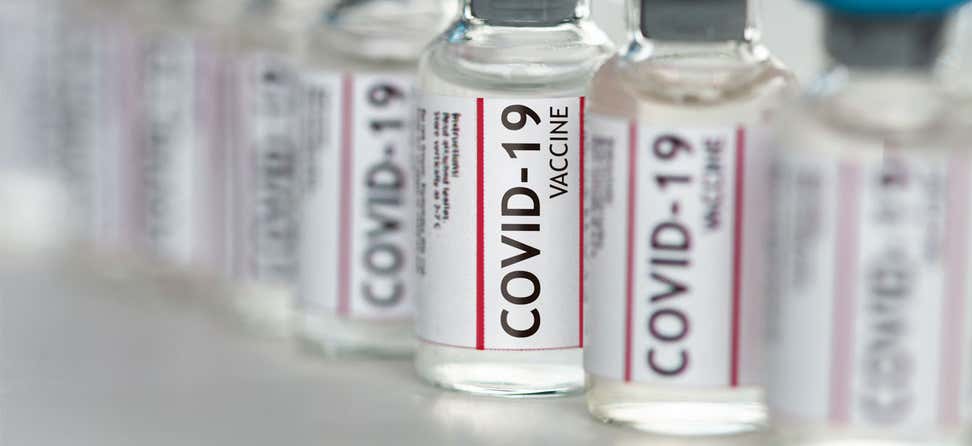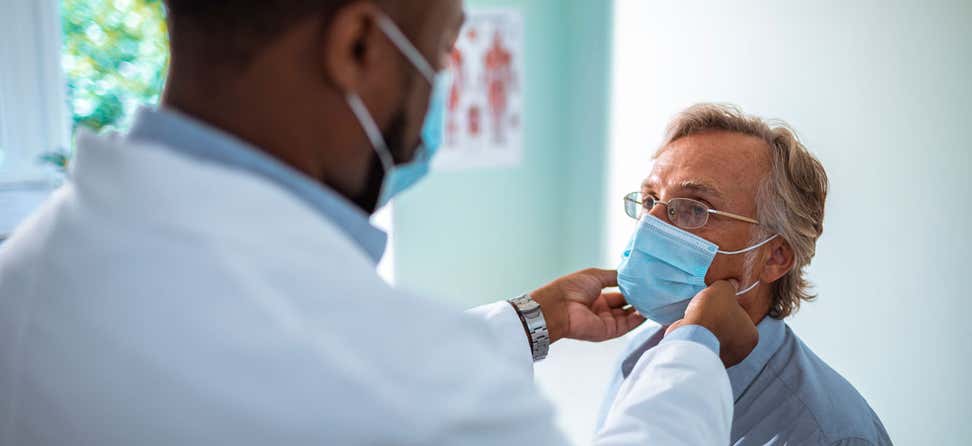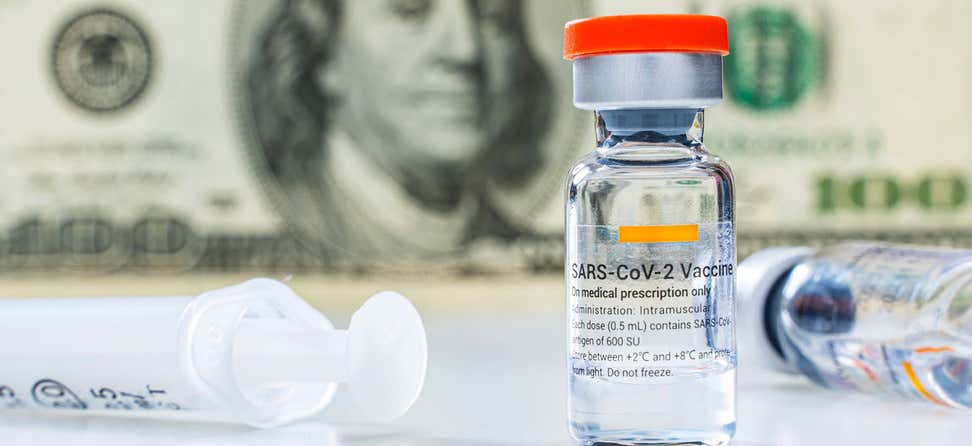Key Takeaways
There’s promising news in the development of effective vaccines and treatments for the novel coronavirus, but challenges remain.
The vaccine will be free, and the Food & Drug Administration has created guidelines to ensure its safety.
The National Academies of Sciences has developed a 4-phase framework for distributing the vaccine once it’s approved.
The world recently received very encouraging news from two of the many drug companies developing vaccines for the novel coronavirus.
The two companies—Pfizer/BioNTech and Moderna—reported much better than expected results from their large-scale clinical studies, indicating 94-95% effectiveness in preventing illness. Both vaccines prompt the body to produce a coronavirus protein and then mount an immune response.
Preliminary results from Moderna’s and Pfizer’s vaccine studies also indicate that individuals who received the vaccine and developed COVID-19 did not get as sick as those who did not receive the vaccine and contracted COVID. More promising news.
When will the COVID-19 vaccine be available?
Both companies are anticipating that the vaccines may be available as early as the end of the year through the Food & Drug Administration (FDA) process of Emergency Use Authorization (EUA). This news is truly light at the end of a long tunnel.
However, both vaccines have some challenges that will need to be overcome with careful planning, adequate funding, and coordination among the drug companies, government, and the health care community. These include:
- Two shots are needed to provide protection. The second dose of Pfizer’s vaccine must be administered 21 days after the first shot, and Moderna’s second dose is administered 28 days after the first. The two vaccines are not interchangeable. Education, tracking, and reminders will be key to ensuring that everyone receives both doses.
- Cold temperatures are required for transportation and storage. Pfizer’s vaccine requires temperatures of -70 degrees Celsius, colder than winter in Antarctica. Fortunately, Pfizer has created its own packaging—nicknamed “the pizza box”—to keep doses frozen without expensive special refrigerators, but only for 15 days. Moderna’s vaccine requires freezing, but more like regular refrigerator temperatures.
- How fast the companies can produce the vaccine. Pfizer and Moderna have already produced millions of doses, but not nearly enough to vaccinate even those at high risk. The companies are ramping up efforts to manufacture more, but they face challenges because the vaccines use new technology and the pandemic has disrupted supply chains for many things from raw materials to glass vials.
Is the COVID-19 vaccine safe?
The FDA is requiring that companies only submit EUA applications two months after the last dose. The FDA says this is enough time to learn about side effects and adverse events from the vaccines. The companies also will be required to collect data on adverse events long after this two-month period. Common side effects are pain at the injection site, fever, fatigue, and headache.
It’s still unclear how long the vaccines will provide protection, and whether they will be needed every year similar to the flu vaccine. For older adults, these questions are very important because as we age, our immune systems weaken and the response to the vaccine may not be as high as other age groups.
How much will the vaccine cost?
In October, the federal government announced that the COVID-19 vaccine will be free of charge for people with Medicare, Medicaid, and private insurance, as well as for those with no insurance.
Who will get the COVID-19 vaccine first?
The Centers for Disease Control (CDC) and states will decide how to distribute the vaccines once they are approved and available. We believe that the National Academies of Sciences, Engineering, and Medicine’s framework for equitable distribution should serve as a guide. Their plan includes four phases:
- Phase 1 is for frontline health care workers in hospitals, nursing homes, home care, and first responders. Also included are people of all ages with multiple health conditions such as heart disease, diabetes, hypertension, and obesity and those aged 65+ in congregate settings such as nursing homes.
- Phase 2 includes K-12 teachers and school staff, child care workers, and critical workers in high-risk settings such as grocery stores and public transportation. Also included are all older adults not included in Phase 1 and people of all ages with underlying conditions that put them at moderately higher risk.
- Phase 3 includes young adults, children, and workers in places like colleges and universities, hotels, banks, exercise facilities, and factories that pose moderately high risk of exposure.
- Phase 4 covers everyone else residing in the U.S.
Are there treatments for COVID-19?
The likelihood that a coronavirus infection will prove fatal has dropped by nearly 30% since April due to improved treatments, according to a new report from the University of Washington’s Institute for Health Metrics and Evaluation.
Doctors have figured out better ways to care for patients with COVID-19, including using blood thinners, oxygen support, and remdesivir and the steroid dexamethasone for certain patients. In addition, the FDA granted EUA for Eli Lilly’s antibody treatment for mild to moderate COVID-19 for people with a positive test who are at high risk for progressing to severe COVID-19.
Can we return to normal activities now that a vaccine is on the horizon?
We all are eager to get back to normal life. While this vaccine news is promising, it will still take some time to reach most of the population. That means we must continue to adhere to the very important safety precautions issued by the CDC, states, and localities. Always remember to protect yourself and those around you by:
- Wearing a face mask at all times in public and when around people not in your household
- Keeping 6 feet apart from people not in your household
- Washing hands frequently
- Avoiding crowds










